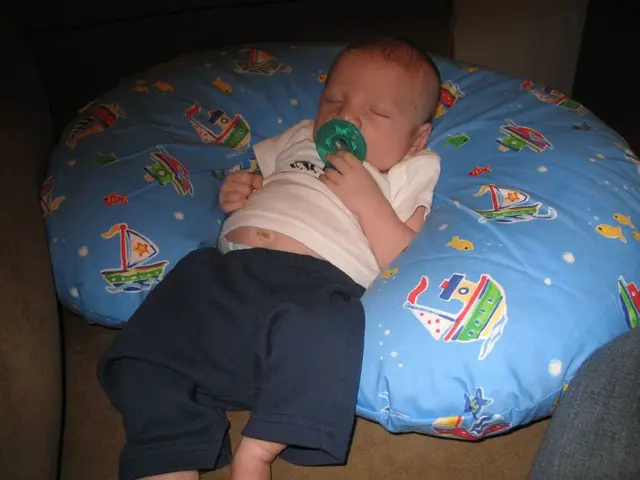Study Unveils Key Mechanisms in Cardiac Channel Gating, Paving Way for New Antiarrhythmic Therapies
Researchers led by Yifan Zhang, Jindrich Symersky, and Timothy A. Cross have unraveled crucial molecular mechanisms governing the gating of cardiac KCNQ1-KCNE1 channels. These channels, vital for maintaining the heart's rhythm, can malfunction due to alterations in membrane phosphoinositide levels, leading to arrhythmias.
The study focuses on the role of secondary structures and dual PIP2 lipid-binding sites in channel gating. PIP2, a minor but critical phospholipid, stabilizes distinct conformational states and fine-tunes gating kinetics. The channels have two PIP2 binding sites: one promotes opening, while the other reinforces structural stability. Disruptions in PIP2 binding or secondary structure transitions, due to specific channel variants or altered membrane phosphoinositide levels, can destabilize channel gating and contribute to arrhythmogenesis.
The researchers found that secondary structure elements, such as alpha helices and beta sheets, undergo dynamic transitions essential for gating. Pharmacological agents designed to modulate PIP2 binding affinity or stabilize beneficial secondary structure conformations could represent novel antiarrhythmic therapies with improved specificity and fewer side effects.
The study provides a molecular rationale for genotype-phenotype correlations observed clinically, fostering improved diagnostic and therapeutic strategies for cardiac arrhythmias. By understanding the critical role of PIP2 binding and secondary structure transitions in KCNQ1-KCNE1 channel gating, researchers have opened avenues for targeted, specific treatments for arrhythmias and cardiac diseases.
Read also:
- Hospital's Enhancement of Outpatient Services Alleviates Emergency Department Strain
- Increased Chikungunya infections in UK travelers prompt mosquito bite caution
- Kazakhstan's Deputy Prime Minister holds discussions on the prevailing circumstances in Almaty
- In the state, Kaiser Permanente boasts the top-ranked health insurance program






